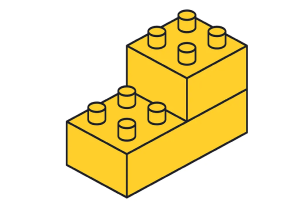Market applications on the long-tail of user needs
Article by Kasey Klimes
When to Design for Emergence
- The author uncovers a very different paradigm for thinking about the way we design products, tools, and services call this paradigm design for emergence.
- The author describes how the following helps put us this future in the context:
- High Modern Design
- User-Centered Design
- In design for emergence, the designer assumes that the end-user holds relevant knowledge and gives them extensive control over the design.
- A useful boundary can be drawn around design for emergence with the following criteria:
- The designer can be meaningfully surprised by what the end-user creates with their tool.
- The end-user can integrate their local or contextual knowledge into their application of the tool.
- The end-user doesn’t need technical knowledge or training to create a valuable application of the tool.
- The author names the best examples of design for emergence and how they’ve won robust user bases by supporting a broad swath of long-tail user needs.
Share:When to Design for Emergence
Share this link
- December 7, 2022
10 min read




